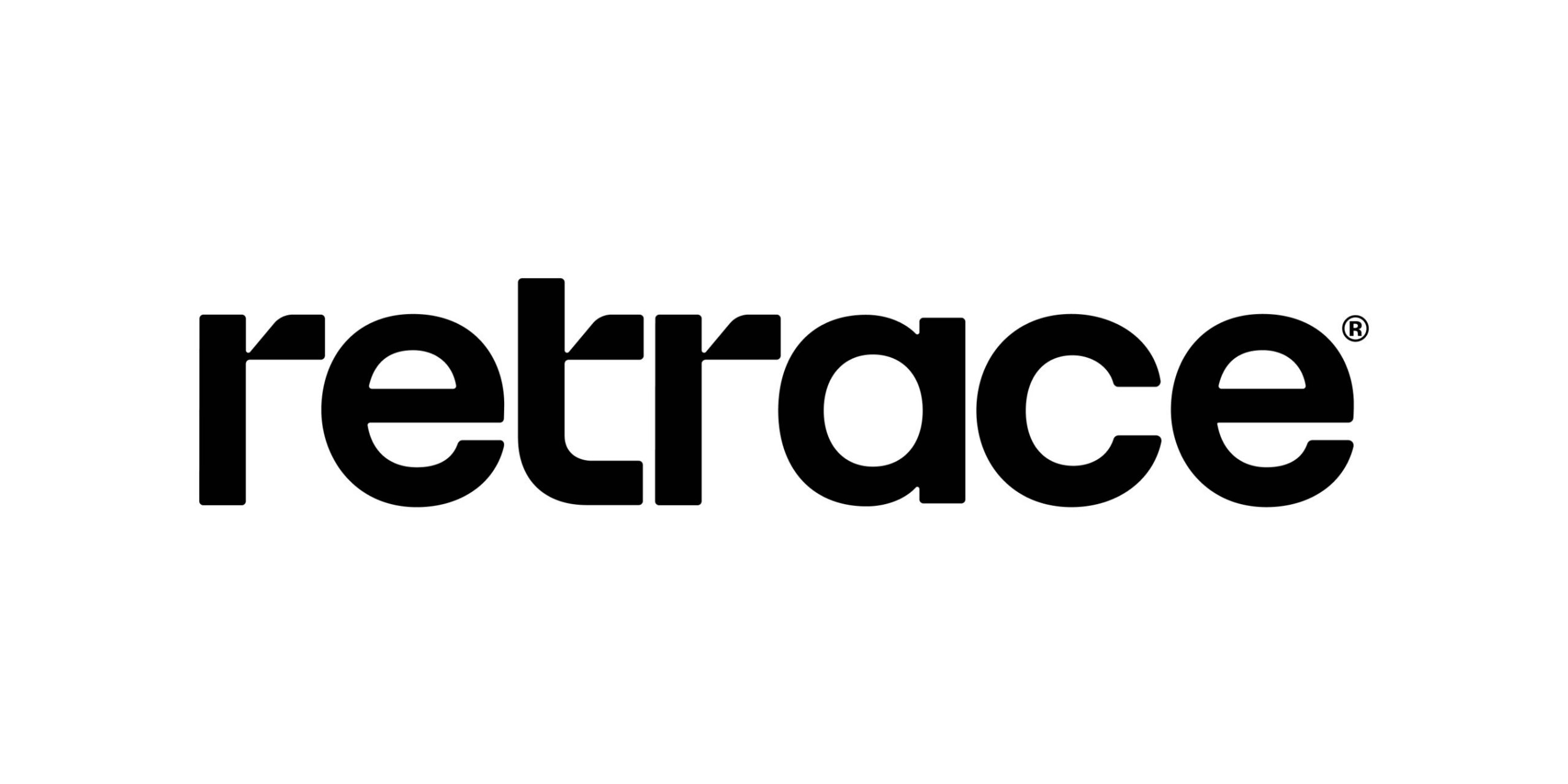Retrace, a leader in dental artificial intelligence and provider of digital infrastructure for U.S. healthcare, announces the publication, “A generative adversarial inpainting network to enhance prediction of periodontal clinical attachment level” in the August 2022 Edition of the Journal of Dentistry.

Retrace
This groundbreaking study for the first time demonstrates how the use of a novel Generative Adversarial Network (GAN), (U.S. Patent Numbers: US 11,217,350 B2; US 11,276,151 B2; US 11,398,013 B2), often referred to as a “Deep Fake”, improves the diagnostic accuracy of AI algorithms in identifying periodontal disease.
Medical and dental AI imaging algorithms are often trained on limited data sets from a limited number of providers, patients and imaging sources. As a result, when these algorithms are used in a general production environment, the algorithms struggle to achieve the same level of accuracy as the environment they were trained in.
“Over the past few years, we have seen a sharp rise in dental and medical imaging AI companies; some who have even received FDA Clearance,” said Dr. Ali Sadat, Founder and CEO of Retrace. “Looking at the data, most devices were cleared with only a few hundred images from a limited number of imaging sources. As a result, these algorithms have struggled to generalize to the same level of accuracy in a real-world environment compared to the training set used to get clearance. Novel technologies like this can help mitigate these deficiencies and improve the generalizability of many diagnostic dental and medical AI solutions.”
In oral healthcare, dental radiographs are often taken to aid in the diagnosis of periodontal disease. Real world challenges arising from image distortions, patient anatomy, limited field of view, sensor, and cone angulation result in the poor AI performance. This blinded study, across 10,687 radiographs with independent validation from clinicians and research scientists at the University of California, San Francisco demonstrated the superiority of using a generative adversarial network to improve AI accuracy.
“Clinicians routinely imagine hidden anatomy and unify disjoint medical images in their minds, but AI has historically struggled to cope with image boundaries and discontinuities,” said Dr. Vasant Kearney, CTO of Retrace. “Our team is very excited to present an elegant solution that could be used to solve complex claim and healthcare transactions while delivering an enhanced patient and provider experience.”
“The use of deep learning algorithms can potentially resolve the challenges in evaluating dental bitewings and periapical radiographs due to the limited field-of-view of these images. Artificial intelligence technology may enhance prediction accuracy of clinical attachment level and periodontal diagnosis in the future,” said Dr. Guo-Hao (Alex) Lin, Director of UCSF Postgraduate Periodontics Program.
About Retrace
Founded in 2016, Retrace enables real-time connectivity between payors, providers and patients to provide value-based payments rooted in quality measures. Retrace’s network and Intelligent Automation solutions streamline the complexity of dental administration with scalable end-to-end services powered by AI technologies to deliver high quality, simple and predictable healthcare. Retrace’s investors include Intel Capital and SoftBank Ventures Asia. Retrace is privately held and headquartered in San Francisco, California.
To learn more, please visit www.retrace.ai.












